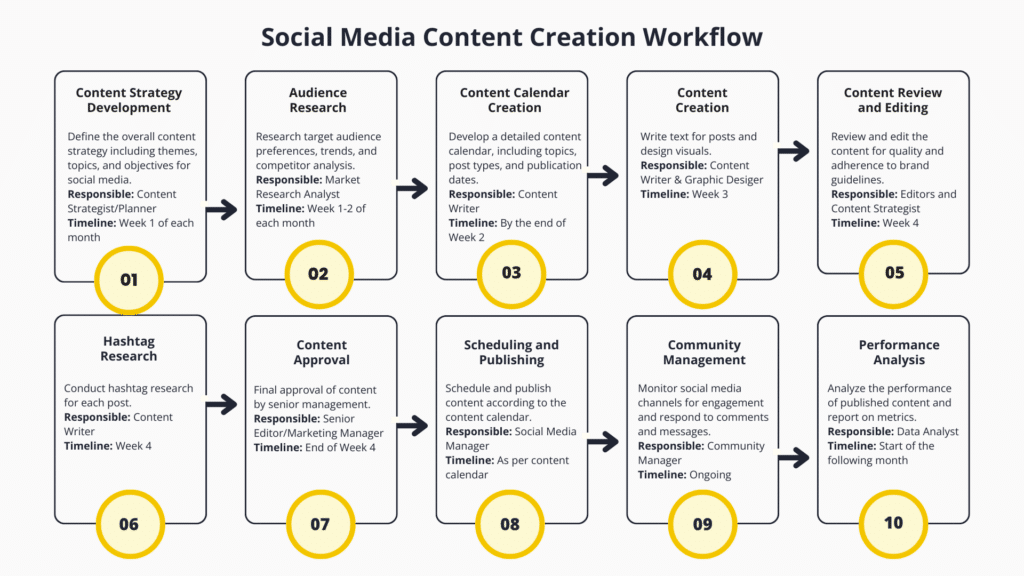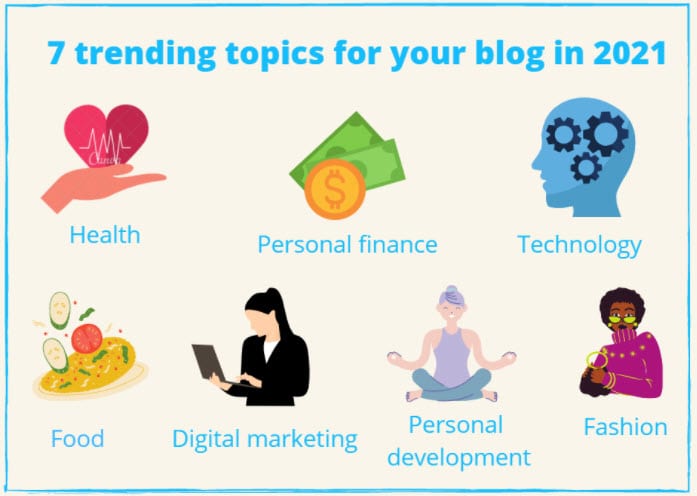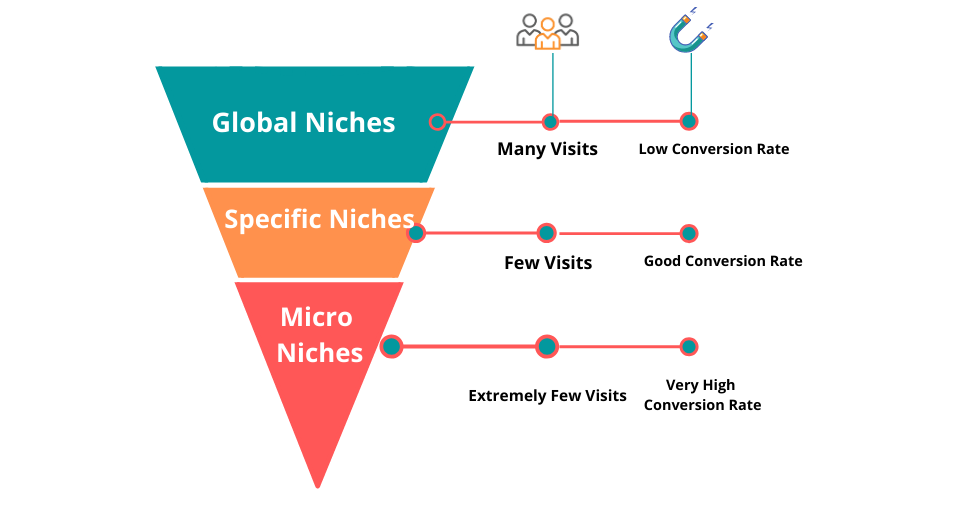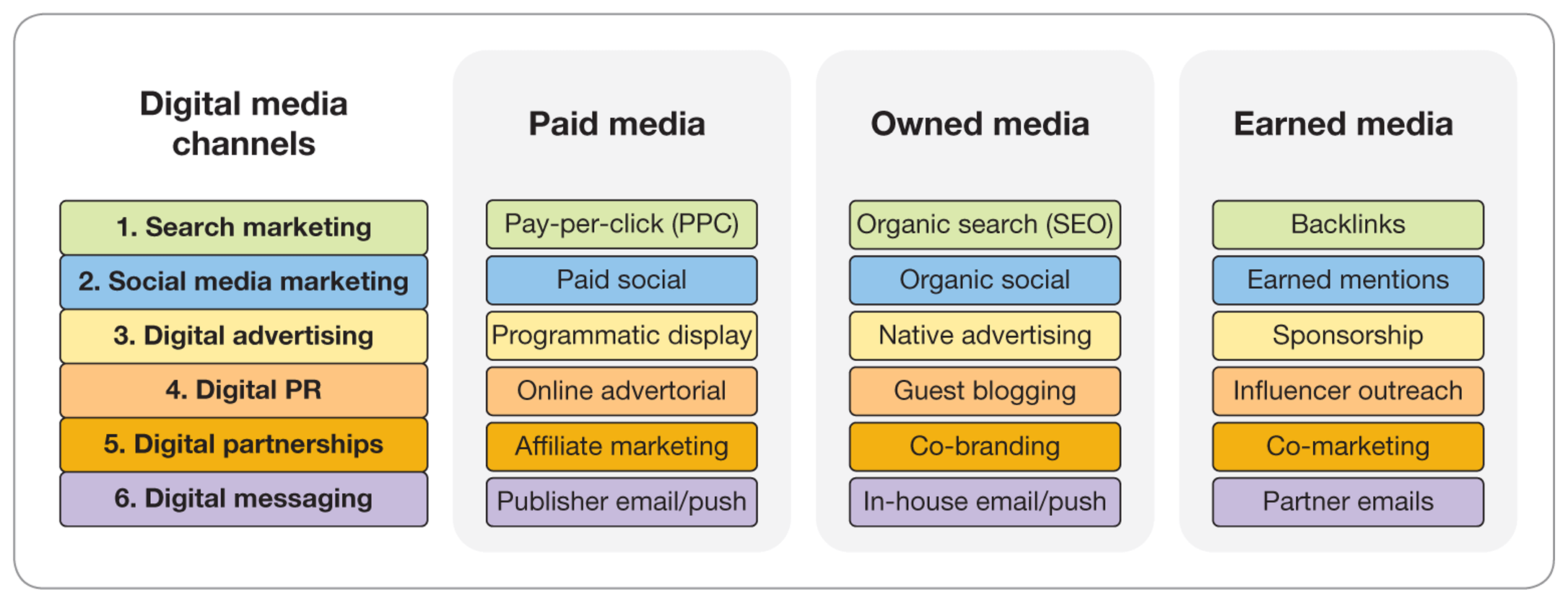Video editing is crucial for content creators. It shapes ideas into engaging stories.
A smooth workflow can elevate your projects. Efficient video editing saves time and enhances creativity. It allows creators to focus on storytelling rather than technicalities. A structured approach helps you produce quality content consistently. From planning to final edits, each step is vital.
Organize files for easy access, and streamline your editing process. Use the right tools and techniques to bring your vision to life. Understanding this workflow improves productivity and reduces stress. It empowers creators to craft compelling videos that captivate audiences. Whether you’re a beginner or experienced, refining your workflow can transform your content creation journey. Dive in and discover how a well-organized video editing process can benefit you.
Introduction To Video Editing
Video editing is a crucial skill for content creators. It helps transform raw footage into engaging stories. This process makes content visually appealing. It captures the audience’s attention. Understanding video editing basics can elevate content quality. A smooth workflow enhances productivity and creativity. It ensures your message is clear and impactful.
Importance For Creators
Video editing allows creators to express their vision. It shapes how stories are told. Well-edited videos attract more viewers. Engaging content can boost audience retention. Creators can convey emotions effectively. Editing enables seamless transitions between scenes. It enhances the overall viewing experience. A polished video reflects professionalism. It builds a creator’s brand and reputation.
Key Workflow Concepts
Understanding workflow concepts is essential. The process begins with organizing footage. Efficient organization saves time later. Next, trimming clips is crucial. It removes unwanted parts, keeping content concise. Adding effects can enhance visual appeal. Effects include transitions, filters, and overlays. Sound design is vital too. Music and sound effects set the mood. Finally, exporting the video in the correct format is important. It ensures compatibility across platforms.

Credit: blogs.nvidia.com
Planning Your Content
Planning your content is essential for any successful video project. It sets the foundation for a smooth editing process. A clear plan helps maintain consistency and focus. This step ensures your video resonates with your audience. It also saves time during editing. Let’s explore key techniques in planning your content.
Storyboarding Techniques
Storyboarding creates a visual guide for your video. It helps map out scenes and shots. Start with simple sketches or digital tools. Focus on the sequence of events. Think about camera angles and transitions. Each frame should tell a part of the story. Ensure your storyboard aligns with your vision.
Scriptwriting Tips
A good script is the backbone of your video. Begin with a clear outline of your ideas. Use simple language to convey your message. Keep sentences short and impactful. Write dialogue that sounds natural. Use bullet points for key points. Revise your script to improve clarity and flow.
Organizing Assets
Organizing assets is crucial for efficient video editing. It saves time and reduces stress during the editing process. Proper organization ensures easy access to files and smooth workflow. Content creators need a clear system to manage their assets effectively.
File Management Systems
A reliable file management system is essential. It helps in storing, retrieving, and backing up video files. Use folders to categorize different types of assets. Name each folder clearly for easy identification. Create subfolders for specific projects or content types. Use a consistent naming convention for files. This makes it easier to locate and sort files.
Efficient Media Sorting
Efficient media sorting speeds up the editing process. Sort media by type, date, or project. Use tags or keywords for quick searches. This helps in finding files without hassle. Regularly review and update your media library. Remove duplicate or unnecessary files. This keeps the library organized and clutter-free. Efficient sorting ensures smooth transitions between editing tasks.
Choosing The Right Tools
Choosing the right tools for video editing can transform your workflow. Efficient editing requires both the right software and hardware. Content creators need tools that match their style and needs. The right choices can save time and enhance video quality.
Software Selection
Finding the right software is crucial for video editing. Popular options include Adobe Premiere Pro and Final Cut Pro. These offer robust features and flexibility. For beginners, simpler tools like iMovie or DaVinci Resolve are ideal. Consider software that supports your preferred file formats and resolutions. Ensure the software is compatible with your operating system. Look for user-friendly interfaces to streamline your editing process. Efficient software can improve workflow and creativity.
Hardware Considerations
Hardware plays a significant role in video editing performance. A powerful computer with a fast processor is essential. Consider investing in a machine with ample RAM. This helps handle large files smoothly. A dedicated graphics card can enhance rendering speeds. External storage solutions are vital for managing large video files. SSDs provide faster access times than traditional HDDs. A high-resolution monitor aids in precise editing and color grading. Quality headphones or speakers ensure accurate audio monitoring. Choose hardware that suits your budget and editing needs.
Editing Techniques
Crafting a seamless video editing workflow is vital for content creators. Effective techniques include organizing footage, using transitions, and adjusting audio levels. Streamlining these steps enhances video quality and saves time.
Editing techniques can make or break your video content. Whether you’re a beginner or a seasoned creator, mastering these techniques is essential for crafting engaging videos. Let’s dive into two key areas: basic editing skills and advanced effects.Basic Editing Skills
Basic editing is your foundation. Start with trimming your clips to remove unnecessary parts and keep your video concise. Cutting is more than just shortening; it helps maintain flow and captures attention. Learn how to use transitions effectively. Simple fades or cuts can keep your video smooth and engaging. Overusing flashy transitions can distract viewers, so choose wisely. Audio is crucial. Always ensure your audio levels are balanced. Bad audio can turn viewers away faster than bad visuals. Use noise reduction tools to clean up background sounds for a polished result.Advanced Effects
Once you’ve nailed the basics, it’s time to add some flair with advanced effects. Color grading can change the mood of your video. Adjust colors to enhance storytelling and evoke emotions. Motion graphics can elevate your content. They add professionalism and keep viewers engaged. Tools like After Effects offer templates that you can customize, even if you’re not a graphic designer. Experiment with slow motion or time-lapse to add drama. These effects can emphasize key moments or show the passage of time creatively. Have you tried keyframing? It allows you to animate elements within your video. Imagine making text fly across the screen or objects move in sync with the beat. Are you ready to take your videos to the next level? Implement these editing techniques and watch your content transform. How will you use these skills to tell your story more effectively?
Credit: socialbee.com
Optimizing Workflow
Optimizing your video editing workflow is crucial for content creators. Efficient workflows save time and enhance productivity. Streamlining processes helps focus on creativity. Organizing files and tasks reduces stress. A well-optimized workflow allows more time for brainstorming. Let’s explore techniques to boost efficiency.
Time-saving Tips
Organize your footage before editing. Use folders and labels for easy access. Create templates for repetitive tasks. Automate routine actions with macros. Learn keyboard shortcuts for faster navigation. Batch process clips to reduce editing time. Plan your edit sessions in advance. Allocate specific time slots for editing tasks.
Collaborative Strategies
Use cloud-based tools for team collaboration. Share files easily with cloud storage. Communicate effectively with team members. Utilize project management apps for task tracking. Assign specific roles to team members. Schedule regular check-ins to discuss progress. Encourage feedback to improve workflow. Make use of shared calendars for team planning.
Ensuring Quality Control
Ensuring quality control in video editing is essential for content creators. It enhances the viewer’s experience and maintains professional standards. Quality control ensures that the final product reflects the creator’s vision. This process involves careful review and feedback integration.
Review Processes
Review processes help catch errors before publishing. They involve multiple rounds of checking the video. Check for technical issues like audio sync and visual glitches. Ensure the storyline is clear and engaging. A good review process saves time and maintains consistency.
Feedback Integration
Feedback integration improves video quality significantly. Collect feedback from peers or test audiences. Their perspective adds value to your content. Make changes based on constructive feedback. This step enhances the final output’s appeal and effectiveness.
Publishing And Promotion
Once your video is edited and perfected, the next steps are crucial. Publishing and promotion can determine your video’s success. It’s not just about clicking the upload button. Strategic planning ensures your content reaches the right audience.
Understanding export settings and marketing strategies is essential. These elements maximize your video’s reach and impact. Let’s explore the key aspects of publishing and promotion.
Export Settings
Choosing the right export settings is vital. It affects video quality and file size. Select a resolution that suits your platform. High-definition is usually best for YouTube. Consider frame rate and bit rate too. These settings impact playback smoothness and clarity.
Use widely supported formats like MP4. They ensure compatibility across devices. Pay attention to audio quality as well. Clear sound enhances viewer experience. Proper export settings can boost your video’s professional appeal.
Marketing Strategies
Effective marketing strategies expand your video’s reach. Start with an eye-catching thumbnail. It is the first thing viewers see. A strong title and description are also crucial. Use keywords that match search queries.
Share your video on social media. Platforms like Facebook and Instagram reach wider audiences. Collaborate with influencers in your niche. They can introduce your content to new viewers.
Engage with your audience through comments. Responding builds community and loyalty. Analyze performance metrics to refine your approach. Adjust strategies based on viewer interaction and feedback.
Future Trends In Video Editing
Video editing is rapidly evolving with technology and audience demands. Content creators need to stay updated with these changes. Understanding future trends can enhance their video editing workflow.
Technological Innovations
Technology shapes the future of video editing. Artificial Intelligence (AI) plays a major role. AI can automate repetitive tasks. It can also suggest edits based on content analysis. Virtual Reality (VR) is becoming more common too. VR offers immersive experiences for viewers. Many editors use cloud-based platforms now. These platforms enable collaboration from different locations. They also provide powerful processing capabilities.
Evolving Audience Preferences
Audience preferences are constantly changing. Viewers prefer short, engaging content. They often watch videos on mobile devices. This shift affects video format and style. Interactive content is gaining popularity. It allows viewers to engage with the video directly. Personalized content is also important. Audiences like videos tailored to their interests. Understanding these preferences helps creators produce relevant content.

Credit: www.tiktok.com
Frequently Asked Questions
How Do Content Creators Edit Their Videos?
Content creators use video editing software like Adobe Premiere Pro or Final Cut Pro. They trim clips, add effects, and incorporate music. Some use mobile apps like iMovie or CapCut for quick edits. They enhance video quality and storytelling by adjusting color, adding text, and synchronizing audio.
What Are The Basic Steps To A Video Editing Workflow?
Start by organizing your footage and creating a project. Trim and arrange clips on the timeline. Add transitions, effects, and text. Fine-tune audio and color correct. Export the final video in your desired format.
What Is The 321 Rule In Video Editing?
The 321 rule in video editing means keeping three copies of your project on two different media, with one copy stored off-site. This ensures data protection and reduces the risk of losing your work. Backup regularly to safeguard your video projects against potential hardware failures or accidental deletions.
What Are The Five Stages Of Video Editing?
The five stages of video editing are: 1) Importing or organizing footage, 2) First rough cut, 3) Fine-tuning, 4) Adding effects and transitions, 5) Finalizing and exporting. Each stage plays a crucial role in creating professional videos.
Conclusion
Crafting a video editing workflow boosts creativity and efficiency. A structured approach helps manage time and resources better. This allows more focus on creating engaging content. Consistency in workflow enhances your video editing skills. It reduces stress and makes the process enjoyable.
Adapt and adjust as you grow in experience. Experiment with new techniques and tools. Stay updated with industry trends. This keeps your content fresh and appealing. Remember, the right workflow is key to successful content creation. Keep refining your skills and workflow for optimal results.



